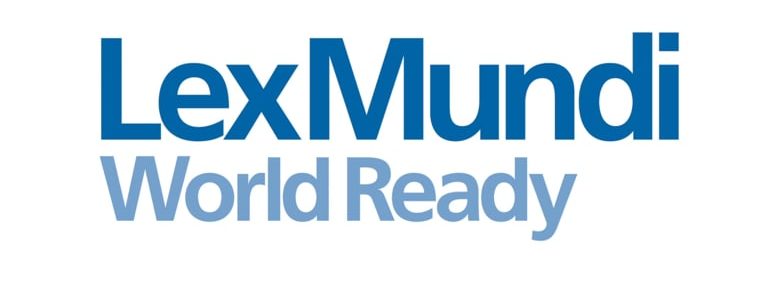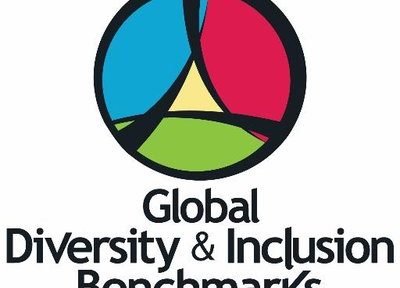
WHAT IS BIG DATA ANALYTICS?
Big data analytics is a relatively new methodology for collecting and analysing vast amounts of data – much of it from sources previously untapped. It creates a new capacity for organisations to discover hidden patterns of important information and thus improve their ability to make predictions and decisions.
Collecting and analysing data has always been important for business. What has now changed is that through technological advances linked to immensely more powerful computing systems, data can be collected rapidly, from a vast number of sources sorted and then analysed. Big data may come from emails, location data, spoken interactions, postings on social media questionaries and interviews.
Companies and organisations now recognise that applying the metadata lens to data relating to employees or prospective employees, derived from a multiplicity of sources, can offer significantly amplified signals of workplace problems and at the same time, it can reveal new potential and opportunities for the business. This is known as People Analytics or Talent Analytics.
WHAT DOES BIG DATA PEOPLE ANALYTICS OFFER?
For HR, gaining new insights through a comprehensive analytics system can undoubtedly improve performance, help to make the work experience more satisfying for employees and identify trends on engagement and culture and offer companies a competitive advantage. This intelligence can offer new strategies to help direct how, when and where interventions should occur.
Thus, Pfizer, AOL and Facebook use People Analytics to identify factors that correlate with high performance and retention; BP uses it to evaluate its training programs, Google uses it to dissect interviews in order to extract maximum insight as to the possible suitability of prospective hires.
Xerox which employs 45,000 workers in its customer care centres previously filled positions through interviews and basic assessments of technical efficiency. Some 5 years ago after switching its recruitment to big data analytics, XEROX discovered that previous experience was not a useful predictor of employee performance but rather the distance between home and work was strongly associated with employee engagement and retention. Insights like this could, in addition, have implications for the business case for flexible and remote working.
In Australia, Commonwealth Bank has been using a predictive analysis tool for the past three years to answer such questions as which employees are most likely to resign and which employees will be the best performers. The analytics tool affords the Bank a predictive capability so that future problems can be avoided.
BIG DATA AS A SPUR TO THE DIVERSITY AND INCLUSION AGENDA
In the USA the most progressive companies in the diversity arena have already implemented big data analytics to accelerate the progress of women and other diverse groups in their organisations. The vast majority of companies ranked in the top 50 for Diversity in 2016 have achieved this status through exploiting the abundance of available data. Many of the top diversity companies employ data scientists and have installed dedicated software to help discover new pools of talent as well as to produce metrics showing that diversity and inclusion gives businesses a competitive advantage.
The advent of people analytics supported by big data has created a new paradigm for the sourcing, hiring and retaining of diverse talent. No one has put this more pertinently than Brian Krzanich, CEO of Intel who has written in a recent article (May 2016) “When it comes to ‘doing’ diversity and inclusion we need to measure what matters: hiring rates, exits and turnovers, progression and promotion rates and pay parity. Let’s go get the data, make it public and do something about it. Use data to debunk the myth that there are just not enough good candidates to hire diversity in great numbers. Let the data tell the truth.”
On the inclusion front, digital HR now has the capability to draw upon data extracted from social, mobile and cloud technology. Work can be made easier, more productive, more rewarding giving employees access to real time information and massively advanced communications systems.
GAINING AN ADVANTAGE THROUGH ADVANCED ANALYTICS
The Container Store, a retail chain in the U.S.A., supplies its 5000 employees with a wearable voice activated device principally to advance communication across the group. However, it is used also to accumulate data on staff interactions, conversations with customers and is able to monitor exactly where and for how long an employee is in a given location. It provides unheralded data on employee performance. Using the data, Container store was able to identify gaps in store reporting as the area where improvement was required. As a consequence all members of the leadership team were provided with an app which dramatically enhanced the reporting functionality. Rather than being regarded as an intrusion this monitoring device has been welcomed by staff as a huge boon to their mode of working. Thus in 2015, The Container Store was ranked 14th in Fortune’s best companies to work for. It was voted the best company for women, for diversity in retail and for camaraderie.
As with many other factors which contribute to better performance, motivation and innovation in organisations, the drive for diversity and inclusion stands on the threshold of revolutionary changes because of the advent of big data analytics. Whether a company is just embarking on its diversity journey or is already well down the track it has now available to it a solid platform of metrics upon which to base its decisions.
To learn more register for the next Symmetra Connect Event : Silicon Diversity 23 June










 The only Australian conference dedicated to lesbian, gay, bisexual, transgender and intersex (LGBTI) workplace inclusion. Produced by Australia’s National Employer Support Program for LGBTI Inclusion and the Developers of the Australian Workplace Equality Index (AWEI) – Pride in Diversity.
The only Australian conference dedicated to lesbian, gay, bisexual, transgender and intersex (LGBTI) workplace inclusion. Produced by Australia’s National Employer Support Program for LGBTI Inclusion and the Developers of the Australian Workplace Equality Index (AWEI) – Pride in Diversity.









